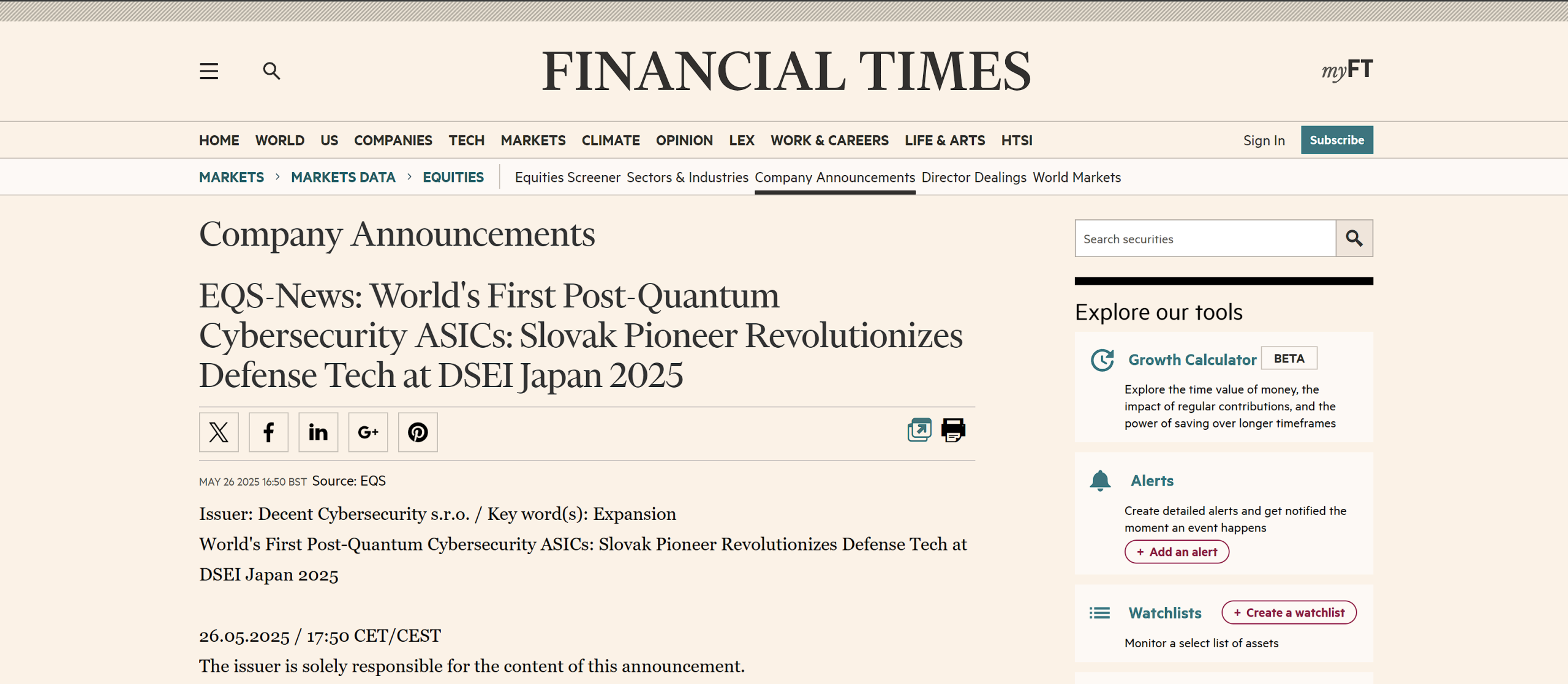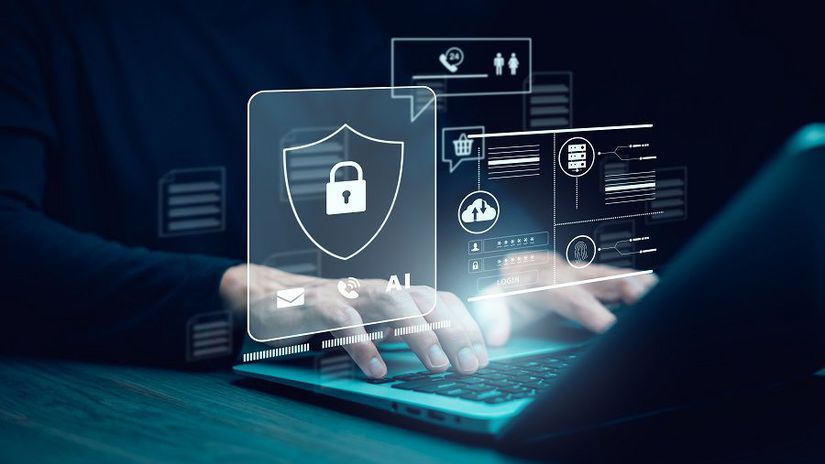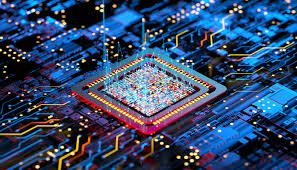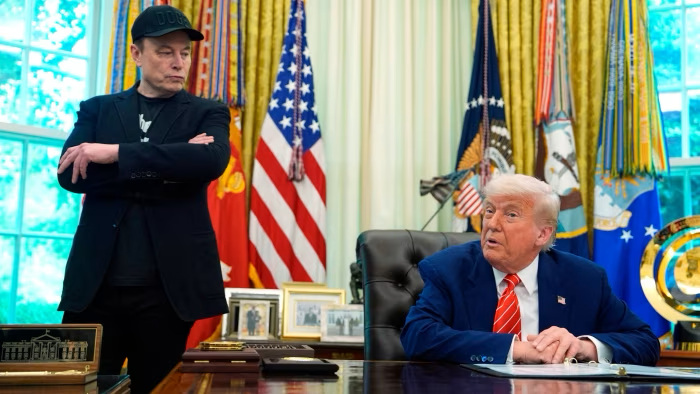The emergence of software-defined satellites (SDS) has revolutionized space operations, providing unprecedented flexibility, dynamic adaptability, and enhanced functionality. However, the increased reliance on software-centric architectures exposes these sophisticated systems to sophisticated cyber threats, notably from the realm of quantum computing. This article delves into the pivotal role of post-quantum cybersecurity in safeguarding SDS, emphasizing the necessity of advanced cryptographic solutions to shield these assets from the formidable capabilities of quantum computers, thereby ensuring the security and continuity of space operations.
Introduction to Software-Defined Satellites and Quantum Threats
Software-defined satellites represent a transformative leap in space technology, with their operations and functionalities extensively governed by software. While this shift offers numerous advantages in terms of adaptability and efficiency, it also makes SDS inherently vulnerable to cyber threats. The advent of quantum computing exacerbates these vulnerabilities, threatening to compromise traditional cryptographic measures and jeopardize the entire security framework of SDS.
The Imperative of Post-Quantum Cybersecurity
Post-quantum cybersecurity involves cryptographic methods designed to be secure against the advanced capabilities of quantum computers. As quantum computing progresses, developing and integrating post-quantum cryptographic solutions into SDS becomes critical. These solutions ensure that communications, data, and operational commands remain secure and impervious to interception or manipulation by quantum-enabled adversaries.
Challenges in Implementing Post-Quantum Cryptography in SDS
Incorporating post-quantum cryptographic algorithms into SDS presents unique challenges. These include the constraints of onboard computational resources, the need for algorithms to withstand the harsh conditions of space, and ensuring that these cryptographic measures do not overly burden the satellite’s operational efficiency.
Securing Communication Links
SDS rely heavily on ground-satellite and inter-satellite communication links for their operations. Post-quantum cryptography ensures that these links are secure, safeguarding crucial operational data and commands from being intercepted or tampered with by quantum-capable adversaries. This fortification is vital for maintaining the integrity and confidentiality of satellite operations.
Protecting Data Integrity
The data collected, processed, and transmitted by SDS is invaluable. Post-quantum cryptographic solutions play a crucial role in ensuring the integrity of this data, guaranteeing that it remains accurate and untampered from the point of collection to its ultimate destination.
Future-Proofing Satellite Operations
Incorporating post-quantum cryptographic solutions into SDS is not merely a defensive strategy; it’s an investment in the future. As quantum computing becomes more prevalent, satellites equipped with post-quantum cryptographic measures will be better positioned to withstand emerging threats, ensuring long-term operational viability and security.
Conclusion
The integration of post-quantum cybersecurity into software-defined satellites is not just an enhancement; it’s a necessity. In the face of the quantum threat, ensuring the security of these advanced orbital assets is paramount. By adopting post-quantum cryptographic measures, the space industry can safeguard its assets against the most sophisticated threats, ensuring that the boundless opportunities offered by software-defined satellites are matched by robust and resilient security measures. As we venture further into the final frontier, the role of post-quantum cybersecurity in protecting and enabling our celestial endeavors will only continue to grow in importance and urgency.







